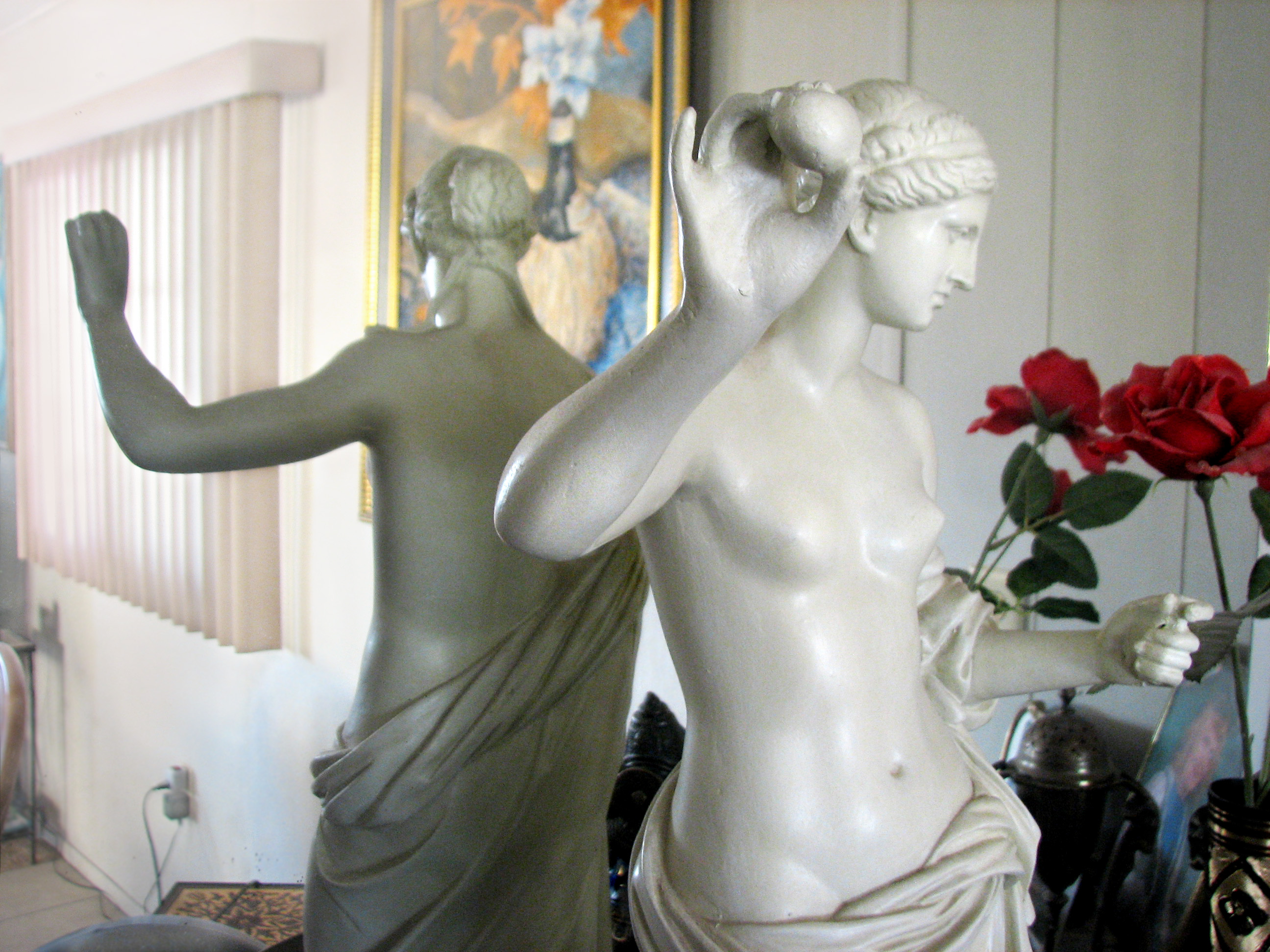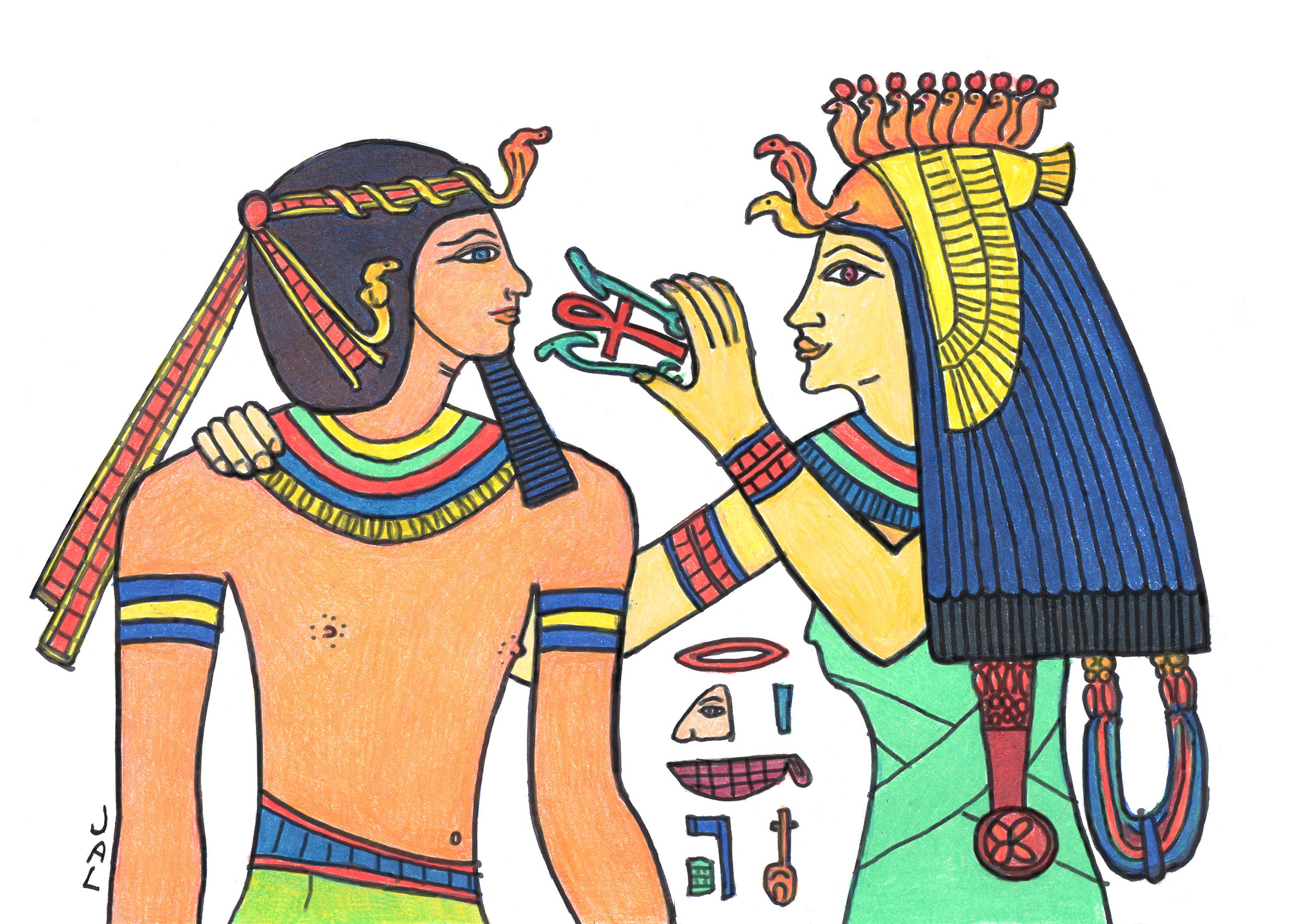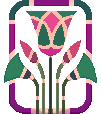

Saturday, April 5, 2014 A
"Intuitive Drawing: Receiving the Offerings"
6:30am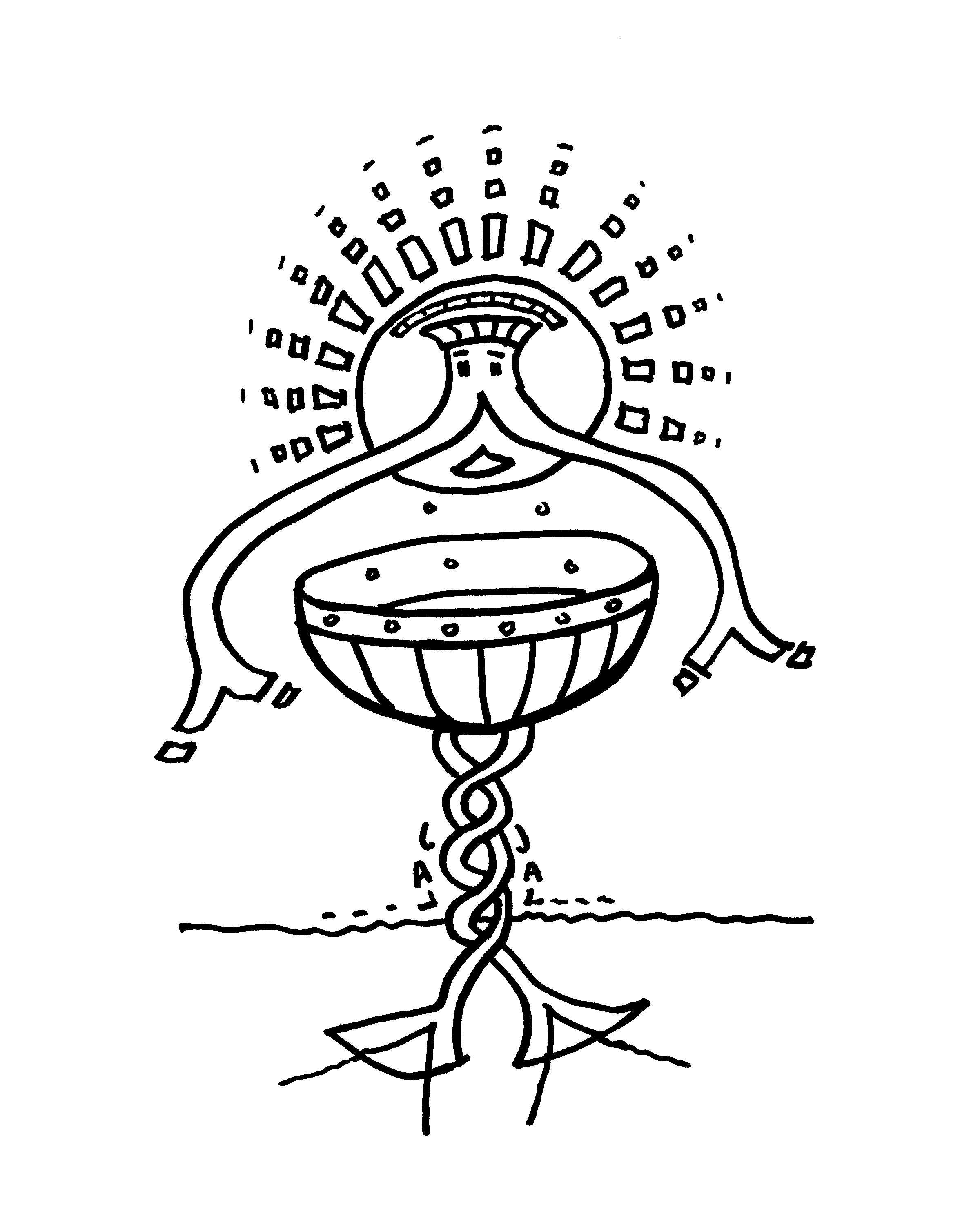
Pen and ink ("Sharpie" pen) on bristol board, 11x14 inch, but cropped here to 8x10...
After I "received" this drawing, I wondered at the solar implications. Was the recipient of the offerings a Netjer or one of the Akhu? I was inclining to think the solar disc suggested a Netjer, but I read something last night that suggests this could be either:
"The akh was regarded as the personification of the deceased in his or her entirety, in a transfigured state that was able to communicate and interact with the living. Addressing the deceased as akh iqer en Ra ('the excellent or able spirit of Ra') indicated their revered status ." The "excellent or able spirit of Ra", fascinating!
From "Feasts for the Dead and Ancestor Veneration in Egyptian Tradition", by Miriam Muller, in _In Remembrance of Me: Feasting with the Dead in the Ancient Middle East_, edited by Virginia Rimmer Herrmann and J. David Schloen, Oriental Institute Museum Publications 37, page 86, published in conjunction with the exhibition running April 8, 2014 to January 4, 2015.

Saturday, April 5, 2014 B
"Seti I and Hathor - Line Drawing"
9:52pm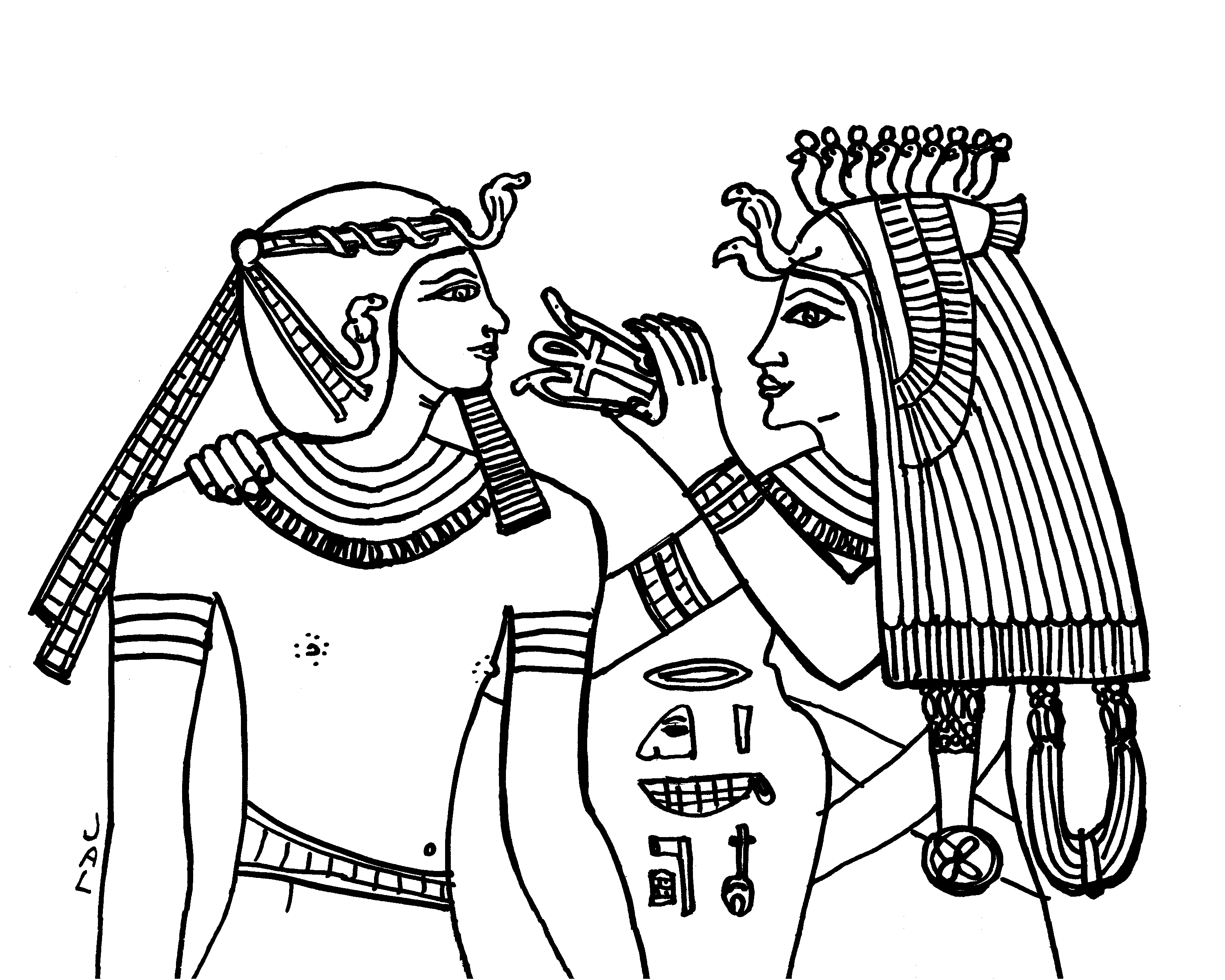
Ink pen on acid free paper, 17.8 x 25.3 cm (7 x 10 in.), Tomorrow, I hope to color this...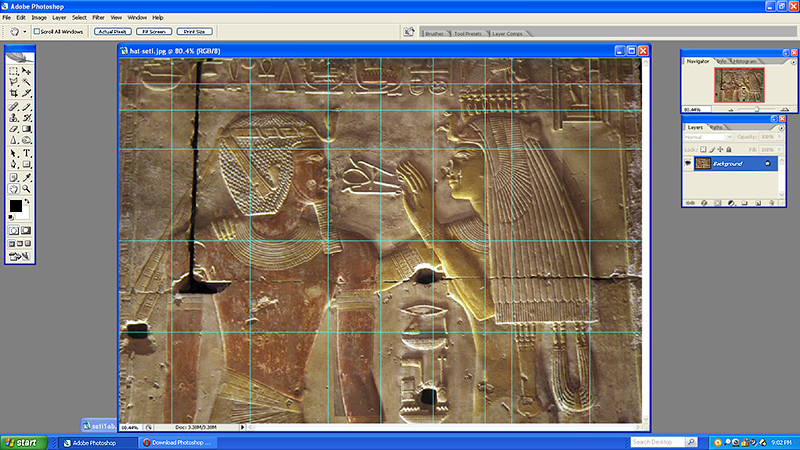
I used photos of Seti I and Hathor at his temple at Abydos as a model.
Sunday, April 6, 2014
Thursday, April 10, 2014

"Colorful Seti I and Hathor"
10:01pm
"Two People Named After the God Set"
6:55am
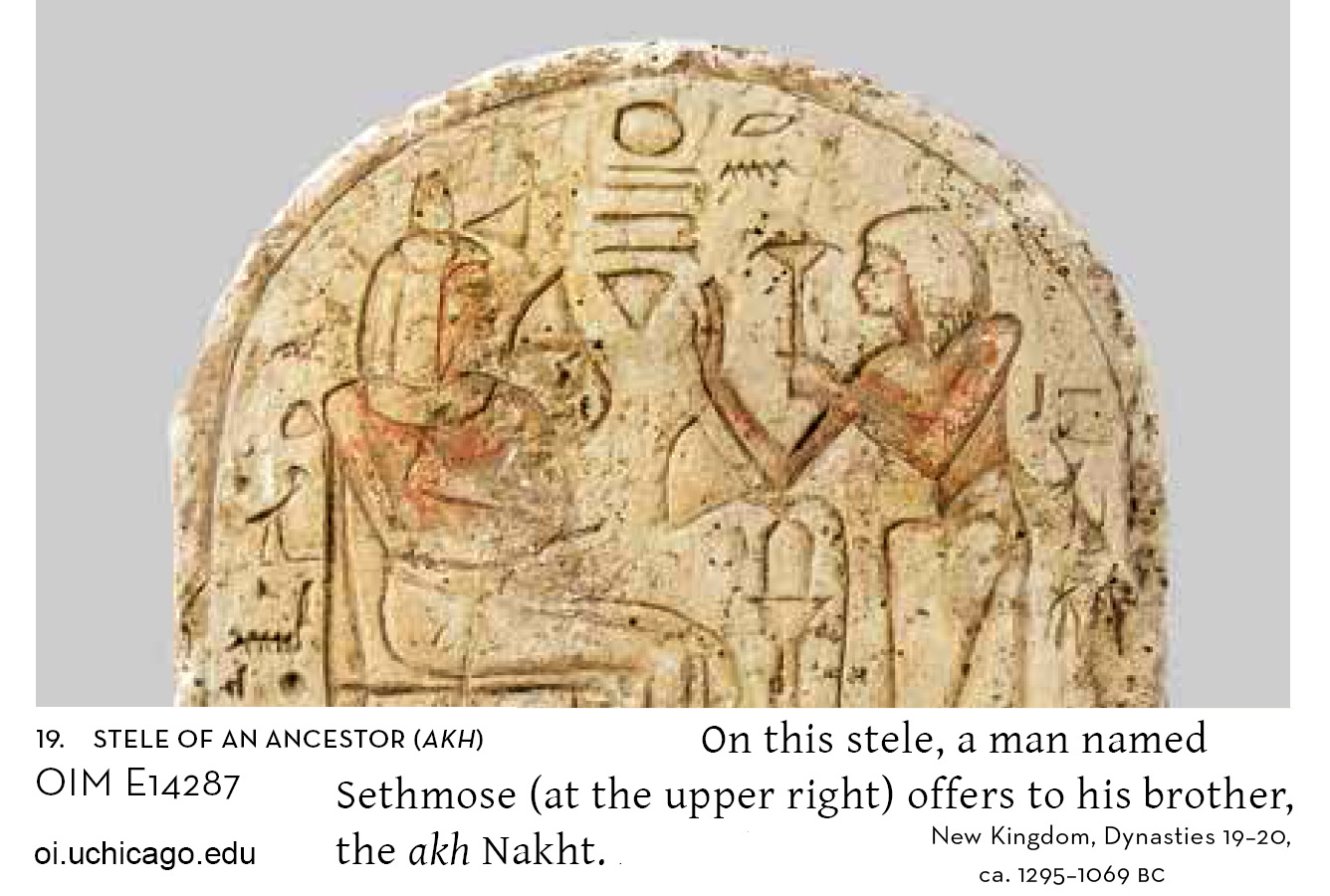
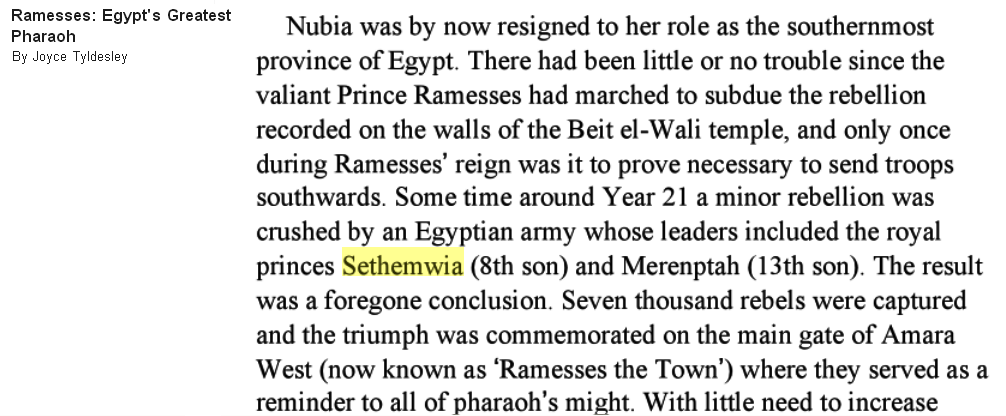
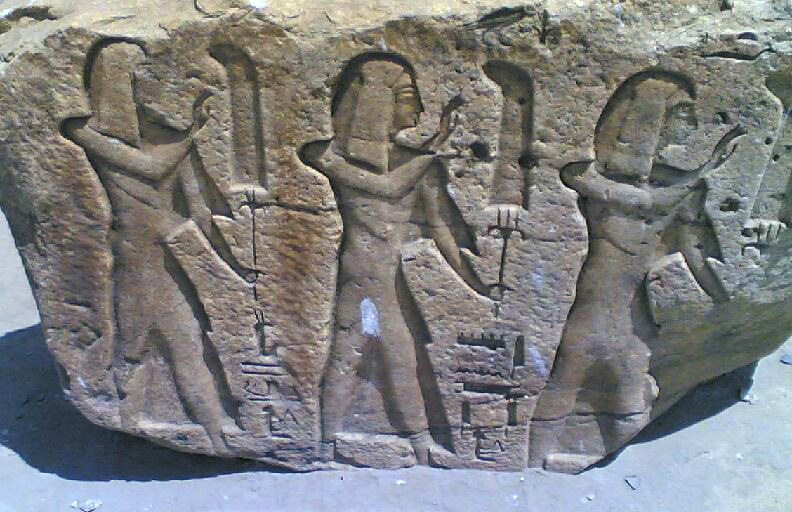
Setemwia is featured on a stele at Tanis (at the left), shared by Majed Hassieb.
